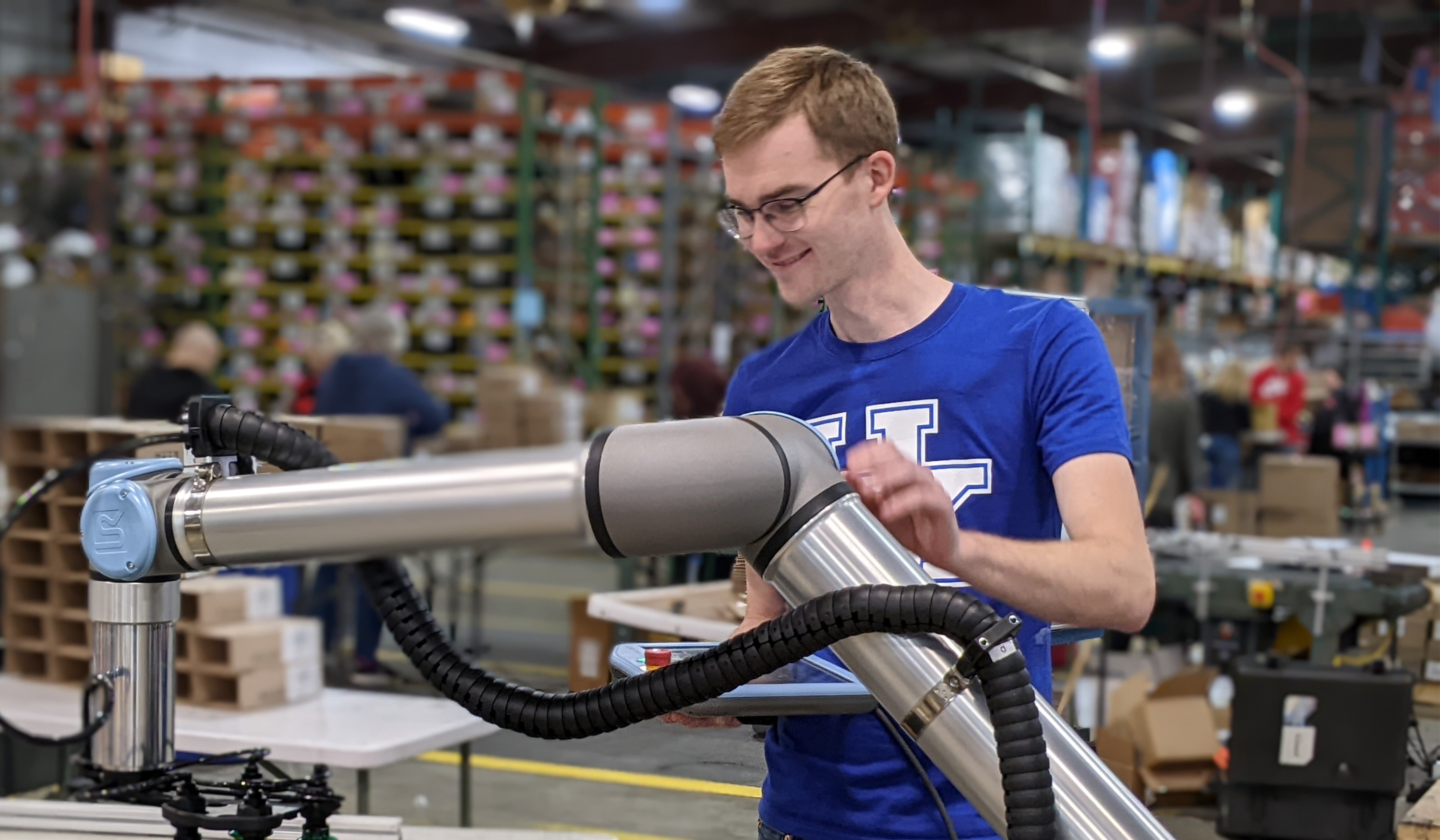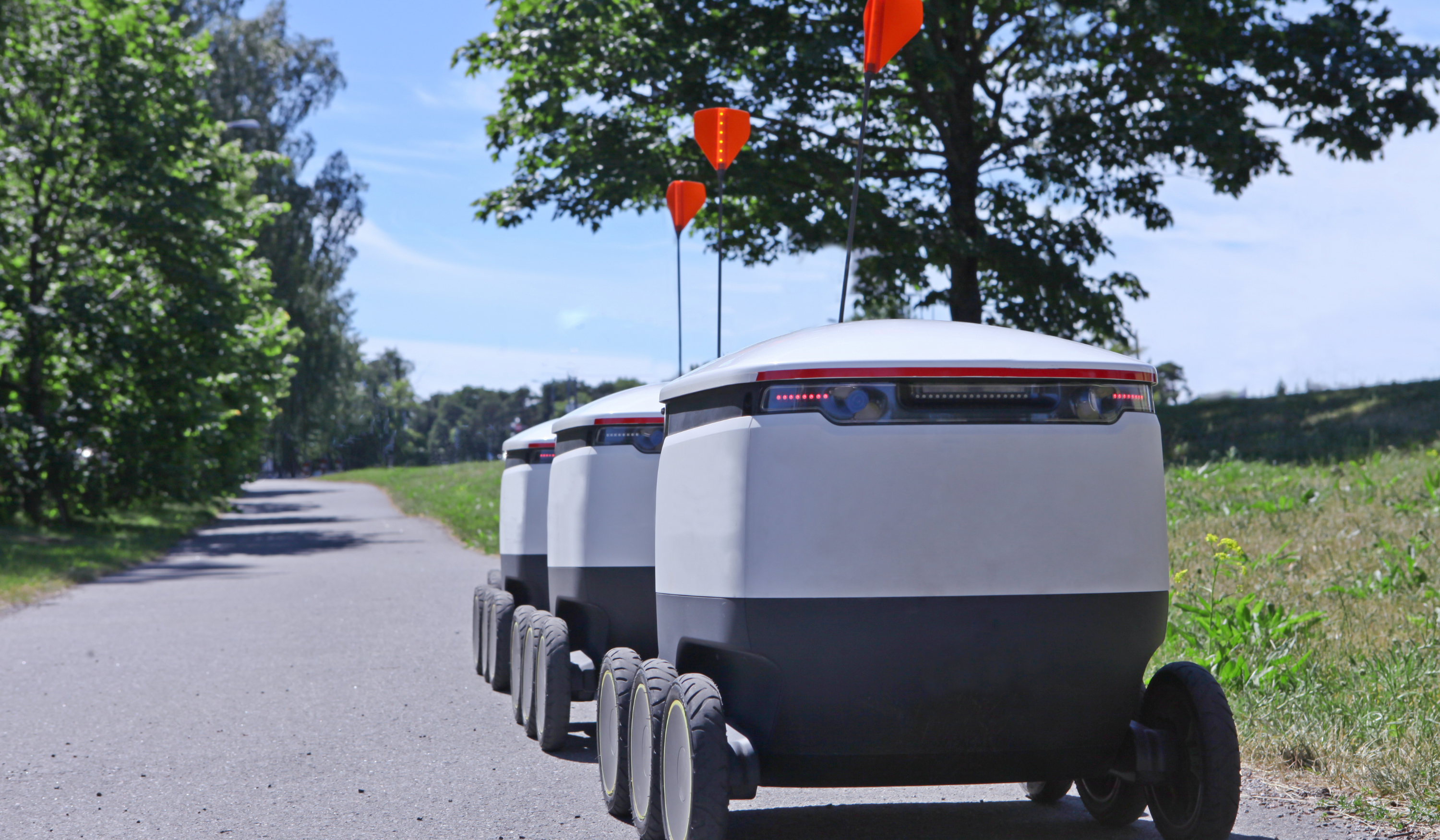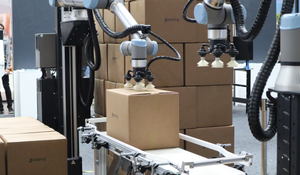What's New in Robotics this Week - Sep 30

Posted on Sep 30, 2016 7:00 AM. 7 min read time
Responses to autonomous car guidelines; Adidas' first (almost entirely) robot-produced shoe; iCub; Japanese table-tennis playing robot; and much more. Find out what's happening in our robotics universe this week. We hope that the news we have selected will interest and amuse you. Enjoy!
The Key to Driverless Cars: Balancing Innovation and Safety (Washington Post)
There has been a lot of reaction to the new US Federal government guidelines for autonomous vehicles this week. First, the Editorial Board at The Washington Post penned a piece that argues the government needs to strike a balance between encouraging innovation and ensuring safety. "It is crucial," they write, "that regulators insist that autonomous vehicles are safe without strangling the very innovation that will make that happen. The Obama administration’s approach so far is a good one, laying out areas of concern and pressing car makers to show, through real-world safety testing, that their technologies are sound — without mandating exactly which sensor package they must use or what the user interface should look like. Government officials should remain as reasonable as more political pressure mounts."
Meanwhile, Forbes' Alan Ohnsman published a piece this week in which he reports that driverless cars may be further away from being commonplace on our roads than many people expect.
Ohnsman writes: "The new federal framework sets useful guidelines for states and companies seeking to test advanced vehicles on public roads, but at this stage they’re recommendations not regulations. Solutions to technological shortcomings, ethical concerns and even cybersecurity fears lie ahead before cars and trucks under the control of artificial intelligence can outperform fallible humans."
See further coverage from Trucks.com, The Center for Internet & Society at Stanford, and Autoweek.
This Is the First Adidas Shoe Made Almost Entirely by Robots (recode)
Regular readers will remember that we featured Adidas' plans to create an automated shoe-manufacturing plant in Germany when it was first announced.
Well, the firm's German manufacturing plant is up and running now, as news emerged that its first almost entirely robot-made athletics shoe has been completed.
As April Glaser puts it "The sportswear company currently outsources the majority of its production to China and other countries in Asia, where it manufactures around 300 million shoes yearly, mostly by hand. This year, in its new robotic facility in Germany, where the company is based, Adidas plans to finish only 500 prototypes, so clearly the aim is not to replace its current mass manufacturing methods anytime soon."
The implications for manufacturing in the developed world are huge as it comes mean jobs that have been lost to rising manufacturing powers like China and Mexico could end up returning. The jobs will be very different though. With robots doing the hard work, humans will be there to tweak, manage, and oversee robot performance.
Adidas has plans to build an automated manufctauring facility in Atlanta in 2017. The plant is expected to produce 50,000 shoes in Q3 and Q4 2017, with around 160 humans overseeing operations.
This iCub Robot Is Learning to Walk, Talk, and Grow (PC Mag)
Interesting, somewhat lighthearted interview with Katrin Solveig Lohan, a human-robot interaction expert at Heriot Watt University in Scotland. Lohan has been working with the open-source iCub humanoid robot platform for several years. Lohan's aim is to enable robots to learn from humans, "acquiring skills in the way babies do: through observation, modeling behavior, trial and error, self-correction and experience."
An extract:
Your PhD thesis examined not just how to teach robots but ascertained how, why, and what they're learning, within a scientific lab setup?
Yes, which is why I ended up focusing on iCub/Nikita from the developmental learning aspect side. Humans are incredible. We start off as babies and can't do anything, but we quickly grow into people that can do things. The iCub platform works in the same way. It has grown over the years. Now it can not only crawl, but walk, it can look at not only one particular object, but it can learn new ones, and understand its relation to everything else it already knows.
Japanese Robot Table Tennis Tutor Gets Guinness World Record (The Asahi Shimbun)
How good are your table tennis skills? Chances are that no matter how good you are, you could benefit from a little practice with Forpheus, the world's first robot table tennis tutor.
Here's video of the robot, created by Japanese firm Omron in action earlier this year:
"The robotic tutor observes the ball 80 times per second with two cameras to determine its speed and the rotation rate so that the course of the ball can be predicted," writes Tomoyuki Izawa . "The machine controls when and how it should swing the racket in a thousandth of a second to return the ball in a way the player can easily respond to, such as hitting a lob shot for a beginner."
For more detail on the bot's technical capabilities, check out Engineering.com's article.
While we we're on the topic of sports and technology, The Cybathlon (or "Cyborg Olympics"), is due to start Oct 8th in Zurich, featuring competitors from around the world using assistive technology.
Will we ever see a Robot Olympics in which autonomous robots compete against each other in front of huge crowds? Anything is possible (and the popularity of TV shows like Robot Wars make a good case), but it would lack the human touch.
For me, at least, the most exciting robotic technologies are those that involve humans and robots collaborating with each other as much as possible, whenever possible.
Finally, in this Olympic year, when sports and technology have been foremost in peoples' minds, who could forget Empire Robotic's beer pong playing bot which first debuted in 2015?
It's a question that is set to baffle engineers, philosophers, and college students over the coming years: Will humans ever reach this level of beer pong ability?
And Finally...
Using Collaborative Robots for Laser Scanning (Modern Machine Shop)
The internet of robotic things market to hit USD 21.44 billion by 2022 - new research report (WhaTech)
Turning 3D printing on its side for larger parts (Automotive Industries)
Russia unveils supercomputer that can control robot army (The Stack)
The Robot Economy: Interview with Alan Manning (Robohub)
Warning: Driverless Cars Are Farther Than They Appear (Forbes)
One-Eyed Robot Learns To See In Weightlessness (European Space Agency)
Robots don't have to behave or look like humans (PhysOrg)
Deep-Diving Robots Zap, Kill Invasive Lionfish (LiveScience)
UK’s largest ever marine robot fleet takes to the seas (The Engineer)







Leave a comment